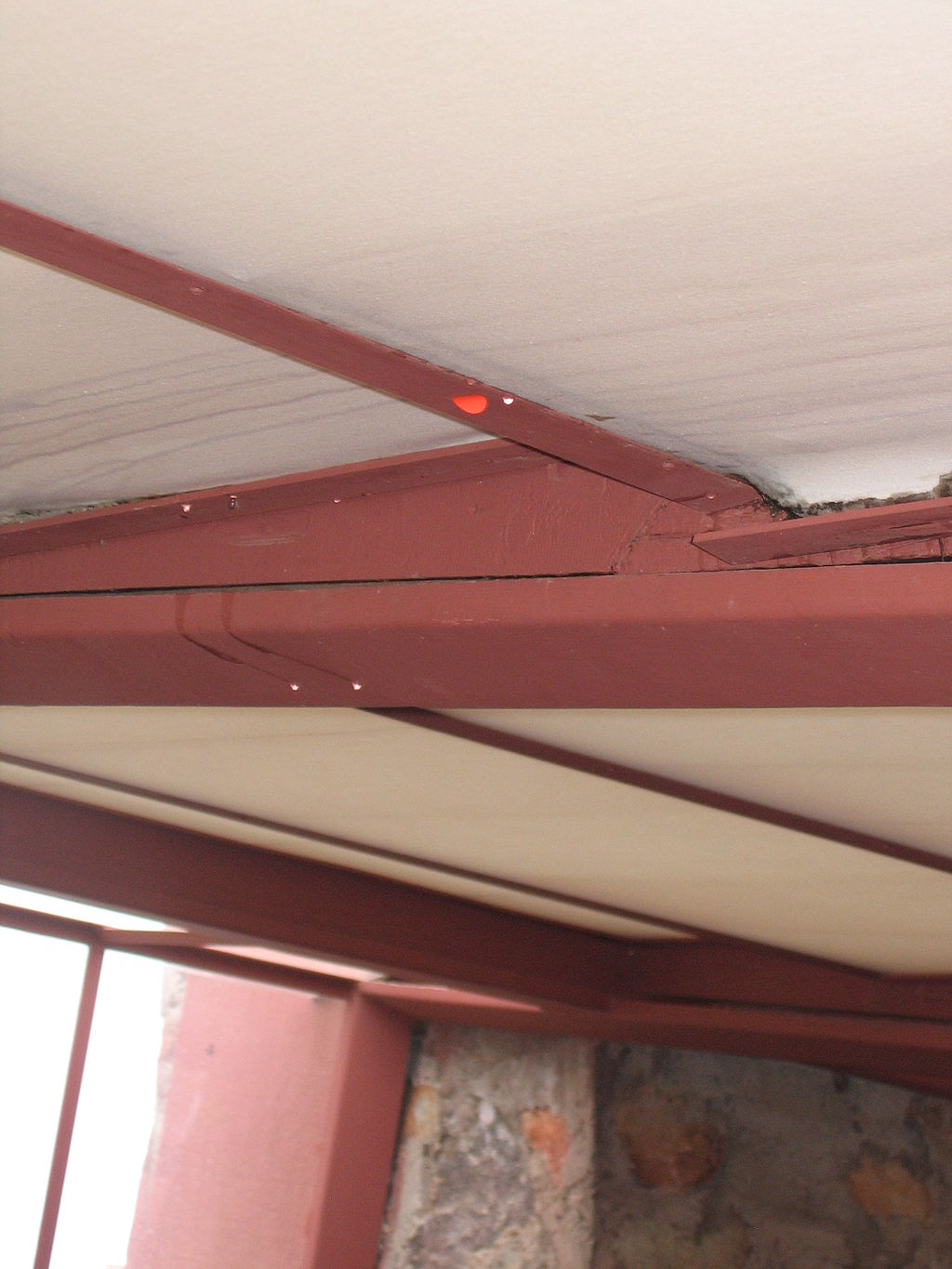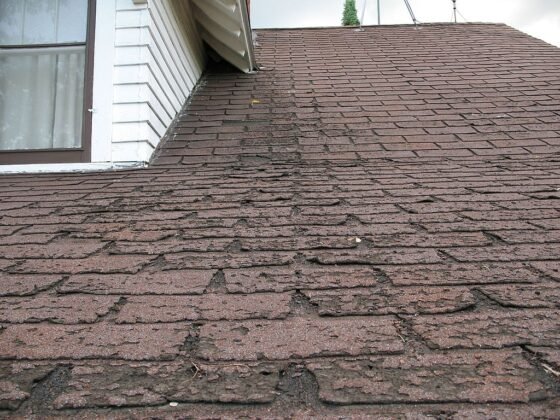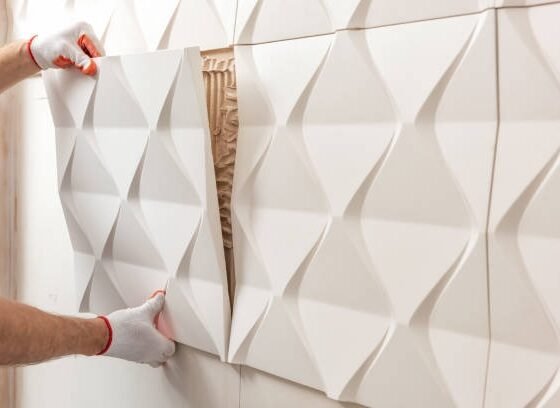Table of Contents Show
Commercial property roofs are often prone to more damage than residential ones because of their flat or low-slope nature.
Experts from Bravo Roofing recommend that all commercial property owners always ensure the use of quality roofing materials and regular roof inspection/maintenance for the roof’s longevity.

Commercial property owners know that a leaky roof can be a thorn in the flesh, and more often than not, you never see it coming.
The potential inconveniences accompanying a leaky roof can be detrimental, not to mention the possibility of replacing the whole roof in some circumstances.
Detecting a leak can sometimes prove to be a hectic process, even for roof experts. This is because the water seeping in, in most cases, doesn’t follow the same path as the leak’s location.
A professional roofing expert will diagnose the extent of your property’s roof damage and analyze the potential causes.
This article will shed more light on crucial steps you can take as a commercial property owner or manager in mitigating or preventing roof damage.
Clear Debris from The Roof
Accumulation of debris like twigs, gravel, and leaves can cause damage to the roof in many ways. Any form of debris on the roof can cause trapped water puddles, which can lead to leakages.
Moist twigs and leaves eventually rot on the roof, providing the perfect conditions for the growth of algae and moss.
Growth on the roof will aggravate the roof’s degradation with time if not removed. Regularly removing this debris from the roof will go a long way in maintaining your roof’s stature.
If you detect the growth of algae and moss, it’s best to hire professional roof cleaners to do a thorough job removing them.
Cutting off tree branches extending towards your property’s roof might help reduce tree leaves and twigs that fall and accumulate on it.
Read Also:
Keep The Drains Always Clear
Your commercial property’s roof has a drainage system to channel excess water; this drainage system consists of a linkage between gutters and downspouts
Gutters and downspouts play an immense role in ensuring no leakages or damage on the roof. Roof experts advise that they should be thoroughly cleaned of any debris at least twice or thrice a year.
Outdoor debris (dirt, gravel, twigs, leaves, etc.) that pile up on the roof may find its way into the drain system and, if not cleared, may block the water from draining properly.
Such a situation is more pronounced in areas with a lot of trees and bushes. Other than cleaning them, also make sure that they are fastened perfectly to the building’s exterior.
Regular Roof System Inspection
Detecting a leak in the roof can be a challenge and requires a keen and trained eye. Early detection of leaks is crucial in alleviating further roof damage and goes a long way to save money that would’ve been used in costly repairs.
Adopting the practice of regular and thorough roof inspection as a top priority is paramount if at all you want to steer clear of major roof problems.
You can do this yourself or, better yet, involve the expert service of your local roof contractor. They’ll be in a better position to spot any anomaly on your roof and advise you accordingly on the steps you can take.
Replace Missing Roof Flashing and Caulk
The roof’s flashing is a thin layer of galvanized steel used to seal and channel water away from parts such as chimneys, the edges where the roof meets walls, vents, and skylights.
On the other hand, caulk is used to tightly seal parts of the roof like drip guards and even tiles in some roof parts.
Missing flashing and worn-out caulk are often the cause of most leakages. Regularly inspect them and replace missing or worn-out flashing and caulk. To be on the safe side, you can employ the services of a roofing expert.
Know When to Replace Your Roof
All roofing systems can only last as long as their life span allows them, even the highest quality. While you can do things to ensure it doesn’t degrade sooner than expected, the only solution for an old roofing system is a replacement.
There’s always a time to stop doing repairs and start thinking of a roof overhaul; a roofing expert can tell you when such a time is near.
Start planning for a replacement when you notice small signs to avoid inconveniences or a situation where the roof will collapse.









